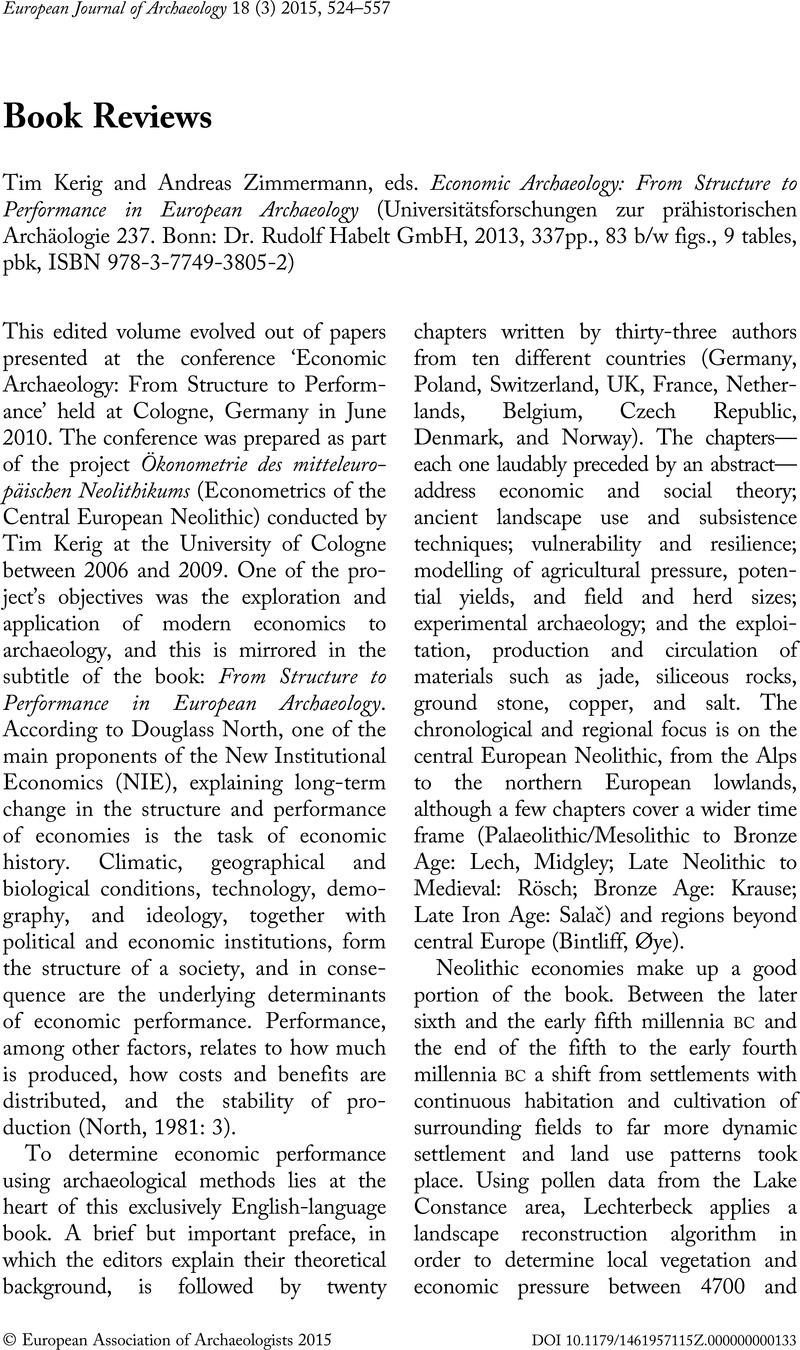Crossref Citations
This article has been cited by the following publications. This list is generated based on data provided by Crossref.
Čivilytė, Agne
Minkevičius, Karolis
Podėnas, Vytenis
and
Luik, Heidi
2022.
VĖLYVOJO BRONZOS AMŽIAUS EKONOMIKA RYTŲ BALTIJOS REGIONE: NAUJO MODELIO LINK.
Lietuvos archeologija,
Vol. Lietuvos archeologija T. 48,
Issue. ,
p.
57.





